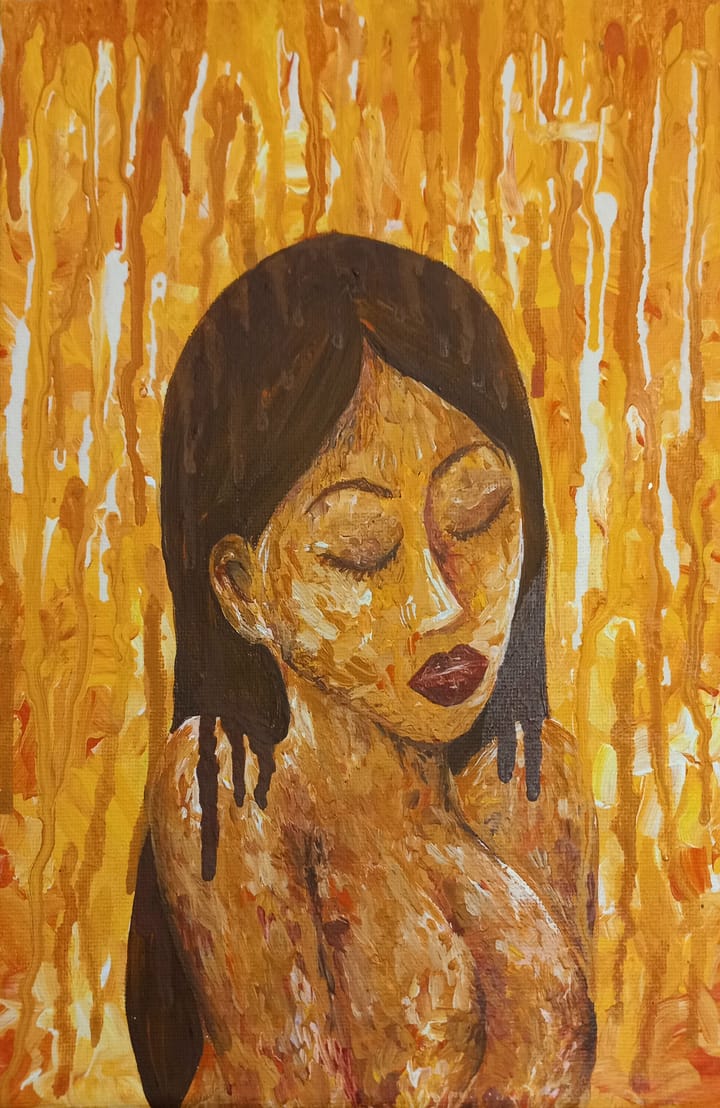Mulholland Drive winds through surreal LA
Lynch concocts several storylines from the outset, baiting his audience to settle in comfortably to a standard film noir that ties the stories together in a clever conclusion. But don’t be fooled into putting your feet up; you’ll have to cling to your Junior Mints to survive, as topsy-turvy elements teasingly surface from a world that could only exist in L.A.
Lynch breaks all Hollywood storytelling conventions; he lures viewers with the cliched dramas of a sexy amnesiac, a hopeful starlet and a hotshot director only to shatter the semblance of plot construction and accelerate each vibrant, leftover shard into a whirlwind of brilliant delirium.
The film begins without preambling voice-overs or introductions. After highway lights eerily flash across a street sign bearing the film’s title, the shot rips around a curve and jumps into the back of a limousine to accompany a catlike brunette (Laura Harring) dolled up in party attire. The limo stops, and the shadowy driver points a gun at the woman and orders her to get out of the car. A split-second later, teenagers in dueling cars race into the scene and crash into the limo. After a few moments of silence, the brunette emerges miraculously and hobbles towards the glittering city lights, still in heels. She sneaks into an unlocked luxury apartment and passes out under a table.
Later, a smiling blonde named Betty, with perfect hair and matching luggage (Naomi Watts), arrives in Los Angeles to become a movie star. The cheery background music seems to mock her bright attitude, but both are so ludicrously happy that one can’t be sure which is mocking which. Betty enters her aunt’s apartment to find the car accident victim in the shower; the poor thing has lost her memory, so Betty sweetly takes the girl under her wing and begins Nancy Drew-like to try to discover the brunette’s identity. The brunette names herself Rita after Rita Hayworth, and while sharing a bed, Betty and Rita fall desperately in love.
These are only two of the film’s characters, described within one plotline for the sake of a coherent review. Woven amongst them are a hideous demon who reigns over Betty’s subconscious from his lair behind a diner, a director (Justin Theroux) who is bullied by some sort of Hollywood mafia, and a character known only as the Cowboy who presides serenely over the lunacy of it all.
In a surreal Italian theater Betty and Rita find a mysterious blue box whose latch matches a key that Rita has found in her purse. Betty suddenly disappears, Rita opens the box, and from then on the film organizes character reversals and juxtaposition of previous scenes in such a way that words cannot do justice to the ingenuity of it. Diane, a strung-out and miserable actress who is raised from death by the Cowboy, bears a resemblance to Betty and is hopelessly in love with Camilla, a wicked temptress who is the alter ego of Rita. Diane and Camilla eventually share a scene with the director, the Cowboy, and Betty’s aunt’s landlady within sequences that are at once inexplicable and nail-bitingly suspenseful.
While the archetypal icons of Hollywood that riddle each scene may offer some clues to the meaning of this intense drama, it is safe to say that no clear answer will be construed by the viewer. The answers to the film’s exceptional obscurity lie only in the mind of David Lynch-and maybe the mysterious blue box.





Comments ()